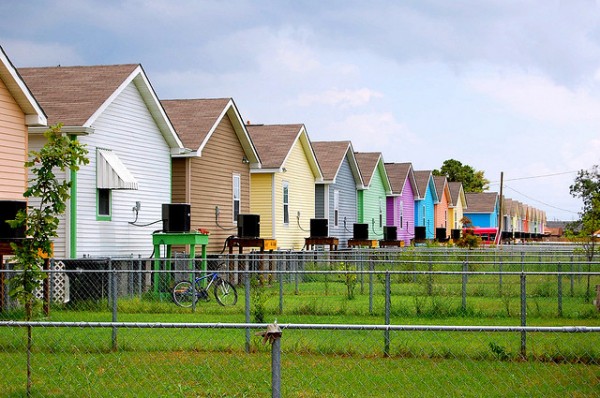
Beyond the 6,000 prisoners released in the U.S. Sentencing commission’s effort between October 30th and Nov 2nd, over 650,000 people are released from prison each year—a process scholars and policy makers call reentry. Former prisoners face many barriers upon reentry, including lack of access to work, housing, and voting rights. Despite the huge population of people experiencing reentry each year, most neighborhoods and communities are scarcely involved in the process, and most of these former prisoners return to a small number of disadvantaged urban neighborhoods. How does this concentration of formerly incarcerated individuals impact recidivism, or the extent to which individuals reoffend?
David S. Kirk uses a clever “natural experiment” and data from post-Katrina New Orleans, originally published in the American Sociological Review, to investigate how concentrating former prisoners in a small number of neighborhoods affects recidivism rates. In August 2005, Hurricane Katrina caused extensive damage and forced newly released prisoners to relocate to other communities across the region, as opposed to returning to their original metropolitan neighborhoods. In effect, the natural disaster of Katrina mimicked the conditions of an “experiment,” in which released prisoners were much more widely dispersed across the region rather than clustering in a small number of neighborhoods.
In his anaylsis, Kirk measures recidivism by neighborhood reincarceration rates, comparing neighborhoods with large changes in parolee concentration to “control” neighborhoods that did not experience a change in reentry concentration. Controlling for factors such as socioeconomic condition, housing availability, and previous recidivism, Kirk finds much greater recidivism in in the New Orleans neighborhoods with the greatest concentration of parolees . Specifically, for each extra parolee per 1,000 residents, the neighborhood’s recidivism rate rose by 11%.
A potential explanation for this effect is that the dispersal of formerly incarcerated individuals across larger physical space helps “break up” social networks that make reoffense more likely. Kirk notes that released individuals are often restricted to a particular neighborhood by the very rules of their parole—a policy that could be undermining public safety. To combat this situation and reduce recidivism, he suggests housing subsidies and relocation assistance to help parolees and other former prisoners find homes in a broader mix of neighborhoods.

Comments